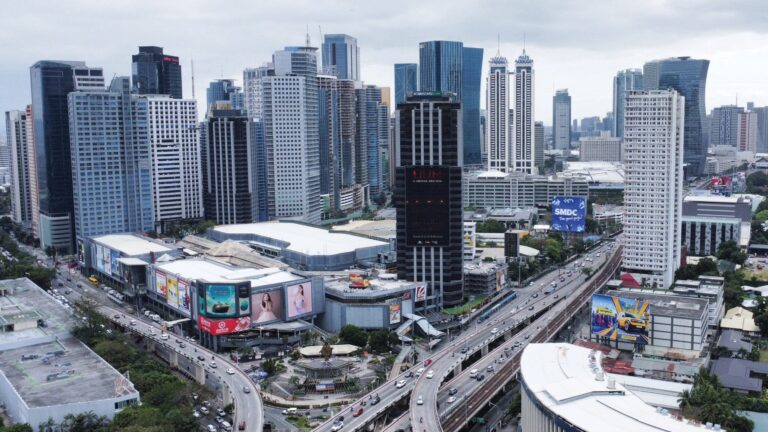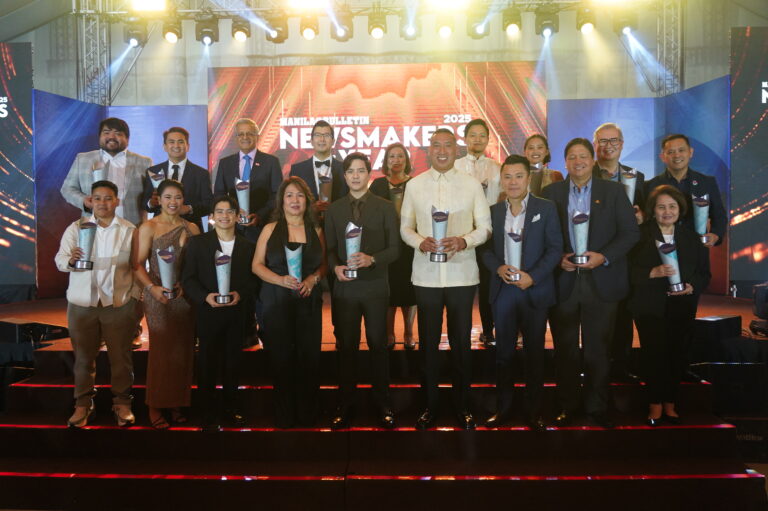By Art Samaniego, ICT Head, Manila BulletinThe Manila Bulletin’s journey from a modest newspaper to a multimedia powerhouse mirrors the broader story of human progress.As I sit at my desk in the IT department of the Manila Bulletin, reflecting on its 125th anniversary, I can’'t help but marvel at the remarkable transformations life has undergone …
By Art Samaniego, ICT Head, Manila Bulletin
The Manila Bulletin’s journey from a modest newspaper to a multimedia powerhouse mirrors the broader story of human progress.
As I sit at my desk in the IT department of the Manila Bulletin, reflecting on its 125th anniversary, I can’’t help but marvel at the remarkable transformations life has undergone in this period. Born in the 1970s, I have been fortunate to witness the verge of technological revolution and its sweeping changes. From my vantage point as a tech professional, it is clear that life has become immeasurably easier, richer, and more connected due to the innovations that have unfolded over the past 125 years.
In 1900, when the Manila Bulletin was starting out, communication was difficult and slow. News traveled via telegraphs, postal mail, or printed newspapers—reliable, yes, but constrained by time and distance. Fast forward to my childhood in the 1970s, and the invention of the telephone was already shrinking the world. The rise of the internet in the 1990s, however, and the advent of mobile technology truly revolutionized communication.
Today, at the Manila Bulletin, we don’t just publish a printed paper, we run a dynamic digital platform that delivers breaking news in real-time. Social media, email, and live streaming allow us to connect with audiences instantly, no matter where they are. What used to take days or weeks now takes seconds. This immediacy has empowered people with access to information like never before.
The nature of work has transformed dramatically as well. In the Bulletin’s early years, producing a newspaper was a labor-intensive process. Journalists wrote articles by hand or used typewriters, editors manually typeset every word, and printing presses were slow, clunky, and prone to errors. This meticulous process required an extraordinary amount of time and effort to ensure that the newspaper reached its readers on time.
By the time I joined the workforce in 1992, the transition to computers had begun, streamlining many aspects of content creation and production. Word processors replaced typewriters, and desktop publishing software made layout and design more efficient. The internet, however, was still in its infancy, and communication within and outside the workplace relied heavily on tools like fax machines and pagers.
Fax machines, though now nearly obsolete, were revolutionary at the time. They allowed us to send documents across offices or even continents in minutes rather than days. I remember the hum and beep of the fax machine being a constant presence in the newsroom, a symbol of modern efficiency. Pagers, on the other hand, were indispensable for staying connected. For journalists and editors always on the go, a quick beep on the pager meant an urgent update or a breaking news alert, ensuring they could respond promptly to breaking news stories.
Today, as head of Manila Bulletin’s Information and Communications Technology Department, I see how far we’ve come—from the days of faxes and pagers to real-time messaging platforms, cloud-based collaboration tools, and AI-driven analytics. Technology’s evolution has made work faster and more efficient, allowing us to reach new heights in creativity and innovation.
Beyond work, everyday life has been enhanced by technology. In my youth, television was bulky and came with limited channels, and trips to the library were essential for research. Today, we carry a world of entertainment and knowledge in our pockets. Smartphones, streaming services, and apps have made life more convenient, from ordering food to managing finances.
Transportation has also undergone a massive shift. A century ago, owning a car was a luxury, and air travel was unthinkable for the average person. Now, we live in a world where ride-sharing apps and affordable flights have made mobility accessible to almost everyone. These advancements have given us back precious time and broadened our horizons.
One of the most significant changes over the past 125 years has been in healthcare. Life expectancy at the turn of the 20th century was significantly lower due to limited medical knowledge and technology. Today, we benefit from advancements in vaccines, diagnostics, and treatments. Telemedicine, wearable health monitors, and artificial intelligence in diagnostics are some of the modern marvels I’ve seen emerge in my lifetime. These developments have saved countless lives and made healthcare more accessible, even in remote areas.
While life has become easier, however, it’s also become more complex. With great technological power comes great responsibility. As head of the ICT department, I am aware of the challenges posed by cybersecurity threats, misinformation, and the ethical implications of artificial intelligence. These are the new frontiers we must navigate as we continue to embrace innovation.
The Manila Bulletin’s journey from a modest newspaper to a multimedia powerhouse mirrors the broader story of human progress. As we celebrate 125 years of this institution, I am optimistic about the future. If we have achieved so much in a century and a quarter, imagine what the next 125 years will bring. Perhaps the innovations we consider cutting-edge today will seem outdated as the telegraph does now.
Life has indeed become easier in countless ways, but what makes it truly meaningful is our ability to adapt, grow, and improve not just our tools but our humanity.
Here’s to another 125 years of progress, storytelling, and innovation at the Manila Bulletin!






